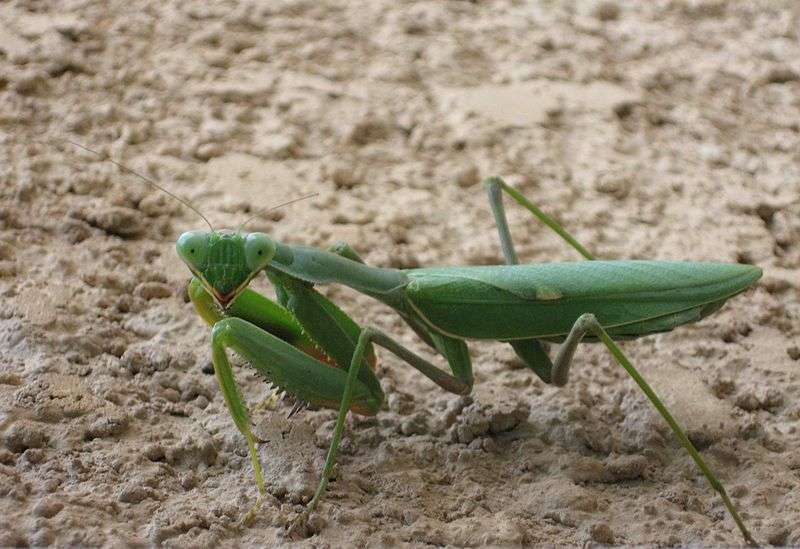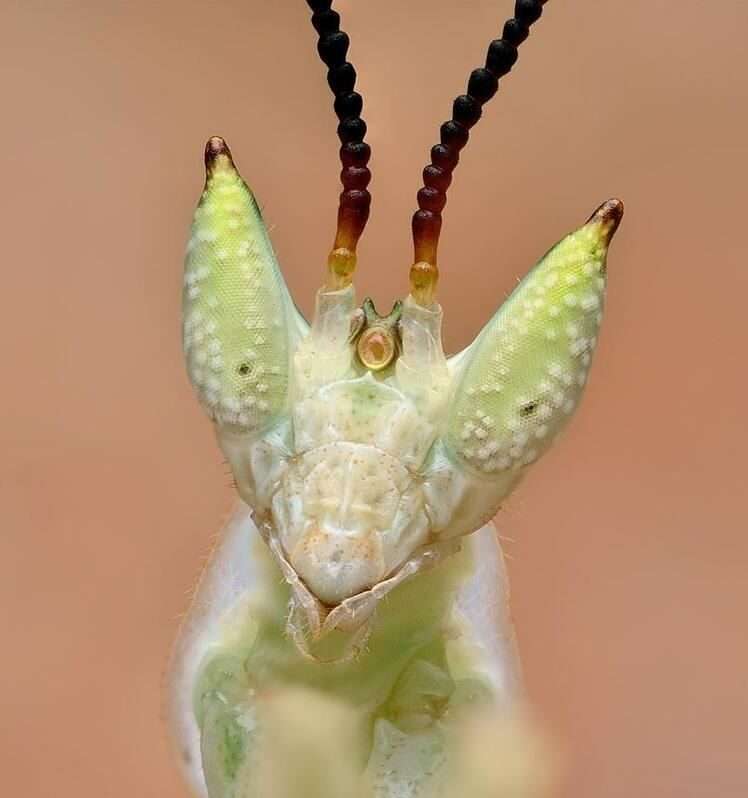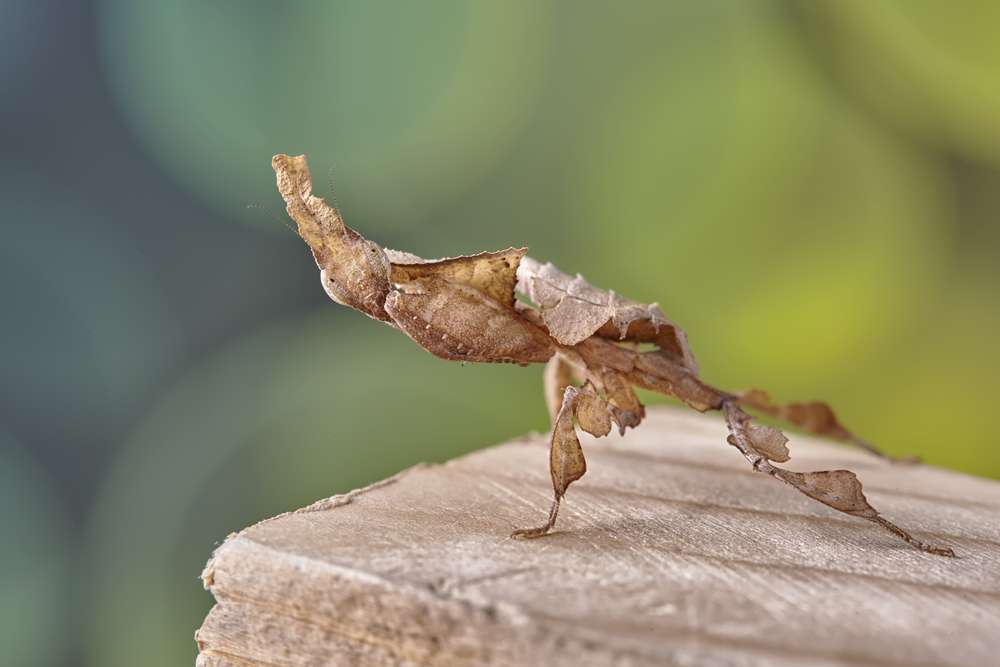
Description
Scientific Name: Deroplatys desiccata
Lifespan: Females to 2 years, males to 18 months
A sizable mantis from Malaysia known as the Dead Leaf Mantis, or Deroplatys desiccata, disguises itself as a dead leaf. This spindly-looking individual is disguised to resemble wilting, crumpled leaves. From a mottled brown to a faint orangey brown to an almost-black, the colors are varied. Males are significantly smaller and lighter than females.
Habitat
In Southeast Asian tropical woods, they live in leaf litter. Along with Borneo, Indonesia, and Sumatra, all of these species can be found in this area.
Behavior
A relatively calm species of praying mantis is called Deroplatys desiccata. They are easily’scared’ by enormous prey or their owner’s hand, which causes them to flee frantically or act dead (play dead). The mantis will lie immobile on the ground with its legs spread out or folded throughout this exhibition. Even when you touch them, they do not move. Sometimes they abruptly stand up and begin to flee. When threatened, adult Deroplatys desiccata can also spread its wings. A deimatic display like this one serves as a deterrent to predators. The mantis displays its hind wings, which have black and white stripes, as well as its front wings, which have a large black spot on them. These colors can frighten away predators like birds when the wings are abruptly raised. The mantis will also lift its forelegs during the deimatic display to reveal a crimson patch with vivid black and white stripes (zebra pattern).
Keeping as a Pet/ In Captivity

Tank
You need to make sure that the tank has adequate ventilation because mould is a fatal issue for these mantis. An aquarium that is at least three times as wide, three times longer, and three times taller as the mantis itself is optimal because adults prefer to remain stationary and wait for their prey.
To prevent them from preying on one another, you should give each specimen extra room if you plan to keep multiple of them in the same tank.
Dry leaves, twigs, and branches must be added to the décor for it to be aesthetically pleasing.
Feeding
The Dead Leaf Mantis, like all mantis, is a carnivore and will consume practically anything it can find in the wild. In the wild, mantis have been known to capture tiny lizards and even birds, but in captivity, they typically eat a variety of feeder insects.
These ought to be made available frequently. The best course of action is to feed your mantis and wait for it to finish since you cannot overfeed a praying mantis. Introduce another bug once the first one has been captured. Continue until your mantis has consumed enough.
Temperature and Humidity
For comfort and health, the Dead Leaf Mantis needs a warm, humid atmosphere. These lovely mantis thrive in temperatures between 78°F and 85°F, while they may survive at temps as high as 95°F. Make sure the temperature doesn’t drop below 72°F for too long. High humidity is necessary for the Dead Leaf Mantis; optimum humidity ranges are between 60% and 80%.
Unfortunately, these conditions are far warmer than room temperature and much more humid. As a result, constant misting is required to maintain proper humidity levels and extra heating is frequently needed to keep the temperature up.
Table





